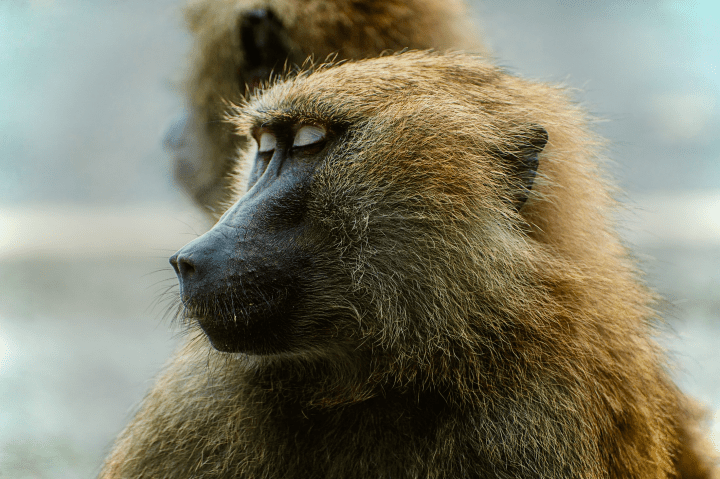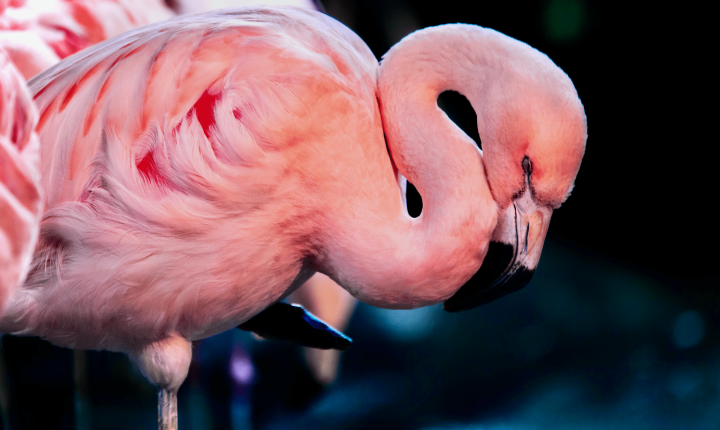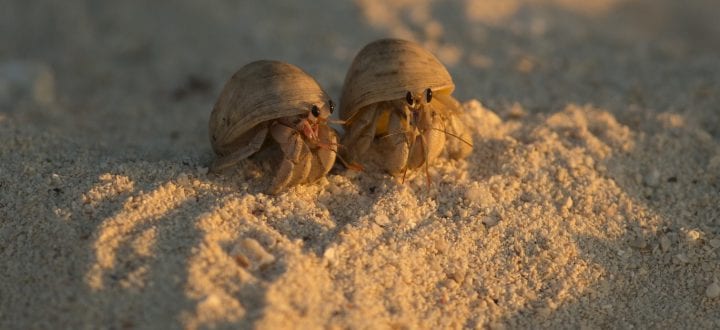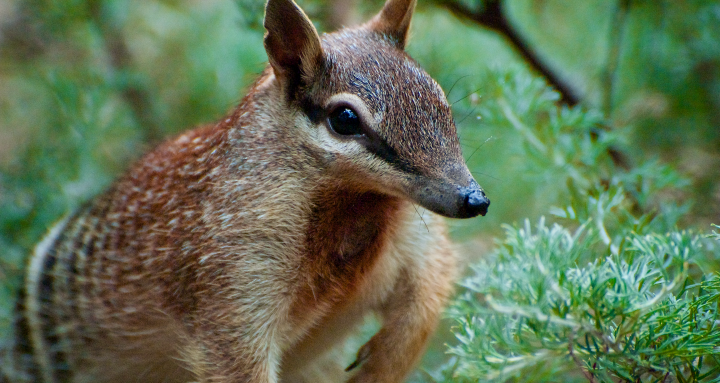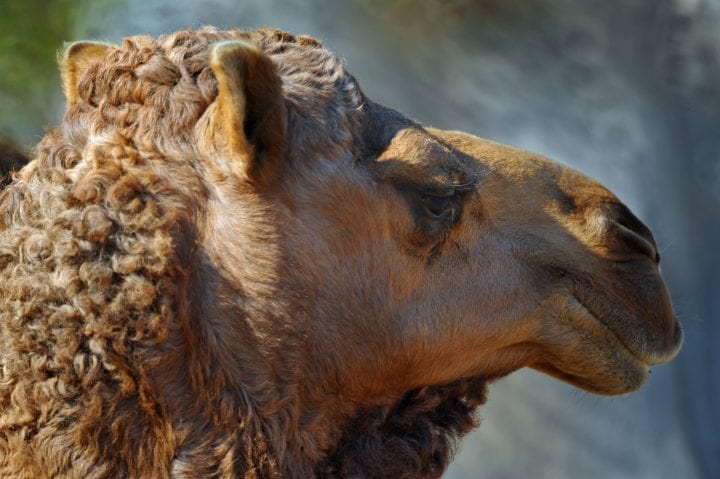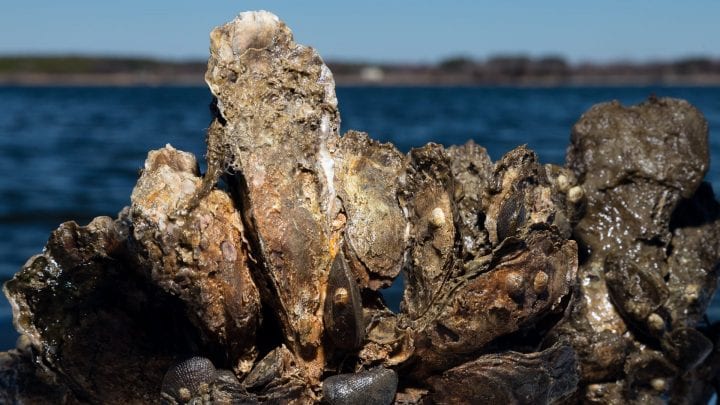Groups of emperor penguins use social huddling to protect themselves from the cold.
Introduction
Emperor penguins breed during the cold Antarctic winter, where temperatures can reach -30C and below. To conserve energy and protect themselves from the cold, they adopt a behavioral strategy of huddling close together in large groups. Huddling is considered key to their ability to live in such a cold place. They have different huddling patterns across different breeding stages, with the largest number of penguins huddling during the egg incubation period, when the males must survive fasting while also trying to keep their eggs warm.
The Strategy
Within a huddle, emperor penguins shift their position in a wavelike movement. Every 30-60 seconds a penguin will move, triggering neighboring penguins to also move. These actions/reactions result in a wave of movements across the huddle, which over time leads to large scale movement of the huddle. This can increase the size of the huddle, by allowing smaller huddles to eventually join together. These small movements also affect the organization of the huddle by increasing the density, from creating a more orderly arrangement as each penguin finds their ideal position.
Over time, huddles grow larger as individual penguins join or other huddles join together, causing the penguins to be more tightly packed together, which can sometimes cause the penguins to get too hot. When they need to get rid of the excess heat, the penguins leave the huddle in an abrupt breakup. This relatively slow increase in huddle size followed by rapid separation is a behavior that further allows them to regulate their exposure to unwanted temperature.
Lens of Time: Huddle Masters | bioGraphic

Emperor penguins just may be the best huddlers on Earth—and scientists are finally revealing the secrets to their success.




